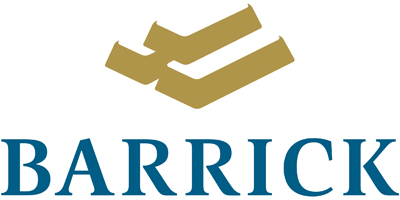Upgraded Stoves Help People Breathe Easier in Peru
Something as simple as better kitchen ventilation can have a big impact on public health. Peruvian women in rural areas have traditionally done their cooking over open fires using coal or firewood, generating a great deal of smoke, ash and carbon monoxide. Often, food preparation and cooking take place in small areas with poor or no ventilation. These conditions lead to respiratory, skin and eye issues and illnesses.
The Partnership for Clean Indoor Air (PCIA), which helps facilitate greater use of improved stoves, notes that air pollution levels associated with burning solid fuels are 20 to 100 times greater than the World Health Organization’s (WHO) air quality guidelines allow. The WHO estimates that 1.5 million people die prematurely each year from exposure to indoor smoke as a result of burning solid fuels. It ranks indoor air pollution from household energy fourth on the list of serious threats to health in developing countries, after malnutrition, unsafe sex, and unsafe water.
To address this critical health challenge, Barrick has supported the installation of thousands of upgraded cooking stoves in Peru’s Huaraz and La Libertad regions through the country’s Voluntary Contribution program for mining companies. As part of this government program, companies such as Barrick contribute funding for projects to help eradicate poverty, improve education and health and stimulate economic development.
Read more at BarrickBeyondBorders.com
BARR18405

